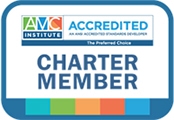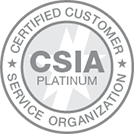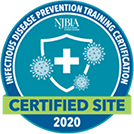I was recently provided a generous educational opportunity, allowing me to take part in a 9 module course provided by our friends at ASAE. My chosen topic of interest was “Gaining Influence.”
This topic covered a variety of key points such as identifying key players within a non-profit organization and influencing change. The module identified three types of influencers within any given organization:Three types of influencers:
1. Ambassadors:
When implementing new ideas and changes, Ambassadors are your best friends. These individuals are the key influencers of positive change and innovation for the organization. Ambassadors can come from all different backgrounds and levels across an organization and do, in fact, represent 20% of all members. Ambassadors are everyone’s cheerleader and are the driving force for positive change and collaboration during times of uncertainty.
2. Backseat Sitters:
This group of influencers makes up the majority of your non-profit organization. This demographic commonly asks the question “where do I fit in within this organization?” Backseat Sitters are an easily influenced crowd and are the key holders to change throughout the organization. The Backseat Sitters are neither negative nor positive about issues and when approached the right way, they can drive the change that you want and need. This demographic represents 50% of your organization and is made up of all types of members.
3. Detractors:
Have you ever heard of the phrase “hater going to hate?” This phrase works perfectly with this group of members, making up 30% of an organization! This group is second to the Backseat Sitters and surprisingly represents more than the Ambassador group.
The detractors are the individuals that will put up the most resistance, criticize and complain about any foreign influence or agent of change within an organization. Their goal is to deter change and keep others from changing. However, detractors will eventually come around once they see there is no other option, or they will fade out entirely as the organization shifts its focus in a new direction and implements the change that was needed. During times of change and refocus, this group is the last to receive the acknowledgment.

Key leaders should look to both Ambassadors and Backseat Sitters (representing 70% of your organization) to drive and influence change.
Following these definitions will help to identify who these members are in your non-profit organization and create appropriate plans of action for gaining influence and driving change.





